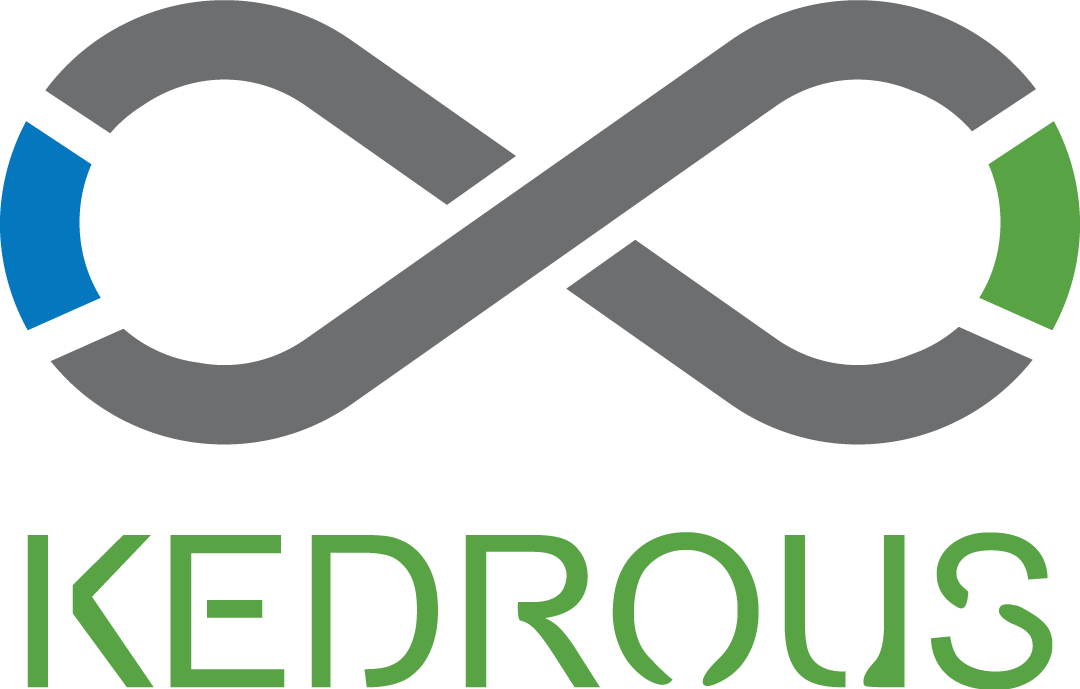Group CSR commitments
CSR within the Risk Control group
CSR is one of the main challenges for the Risk Control group. This means developing our activities over the long term by taking social, environmental, and economic factors into account in our decision-making. For us, this approach represents a value-creating performance lever, guiding us towards the continuous improvement of collective well-being and strengthening the sense of belonging.
An ethical approach
Our ethical approach is based on 4 axes:

Discover the pillars of our CSR commitments
Environmental policy
Keen to position itself as an eco-responsible player, our company is committed to respecting the environment through the implementation of various areas of intervention:
No. 01 – REDUCING THE IMPACT OF OUR INFORMATION SYSTEM
No. 02 – WASTE MANAGEMENT AND RECYCLINGNo. 03 – CO2 REDUCTIONNo. 04 – REDUCTION OF ENERGY EXPENDITURENo. 05 – DEMATERIALISATIONNo. 06 – ECOLOGICAL INVESTMENTS
Social policy
Since its creation in 2011, Risk Control has been developing a formal policy regarding the management of its Human Resources. Thus, under the leadership of the General Management and Human Resources as well as the Branch Managers, we have made a commitment to protect employees, promote their well-being at work, positively influence their development and appreciation, but also to promote social dialogue and good managerial practices.
Every year, beyond updating our Single Professional Risk Assessment Document -DUER, we seek to reduce risks in our premises and on construction sites, for example by carrying out simulations allowing employees to react correctly in the event of a potential emergency.
No. 01 – FIGHT AGAINST ALL FORMS OF DISCRIMINATION
No. 02 – PROMOTING WELL-BEING AT WORK
No. 03 – PROMOTING PROFESSIONAL REINTEGRATION
No. 04 – VALUE AND PROMOTE EMPLOYEES’ DEVELOPMENT
No. 05 – PROMOTING SOCIAL DIALOGUE
Economic policy: responsible partners
We are ISO 9001 certified and are currently working towards ISO 26000 certification for Risk Control and all our existing and future suppliers.
Risk Control seeks to build lasting business relationships with its suppliers and subcontractors. However, these relationships remain conditional on their compliance with the principles set out in this charter.
Only a company committed to a policy of respect for the environment will be able to benefit from a lasting business relationship with Risk Control.
Risk Control thus expresses its desire to conduct its activities in accordance with the fundamental values of a corporate citizen.
Furthermore, Risk Control raises awareness among its employees of the dangers and risks associated with corruption and other commercial abuses.
Bilan Carbone Emissions de GES Risk Control
As part of our commitment to sustainable development and corporate social responsibility (CSR), we conducted a carbon audit to assess Risk Control's carbon footprint. This exercise, conducted in collaboration with Costaten, enabled us to identify the main sources of greenhouse gas (GHG) emissions associated with our activities.
This assessment is based on an analysis of emissions from scopes 1, 2, and 3, covering our energy consumption, our travel, and all indirect impacts related to our value chain. Thanks to these results, we were able to identify concrete levers for action to reduce our environmental impact and place our company on a low-carbon transition trajectory.
The data from this analysis now serves as the basis for structuring our Carbon Footprint Reduction Action Plan, which details the measures implemented to achieve our emissions reduction targets and strengthen our commitment to more sustainable business.
Risk Control's greenhouse gas emissions are divided into four main categories. Purchases of goods and services alone represent 68.7% of total emissions, followed by energy related to the vehicle fleet's fuel consumption (97%). Then there is passenger transport, which includes emissions released during commuting and business travel, and finally, fixed assets, which are spread over the accounting depreciation period.



